LAB GROWN GEMSTONES COLOR CHART
Pictures
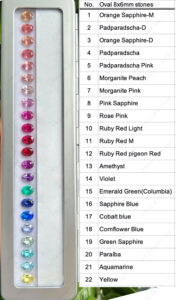 |
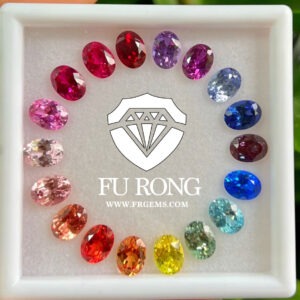 |
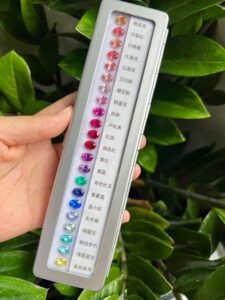 |
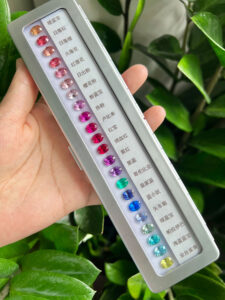 |
| No. | Oval 8x6mm stones | No. | Oval 8x6mm stones |
| 1 | Orange Sapphire-M | 12 | Ruby Red pigeon Red |
| 2 | Padparadscha-D | 13 | Amethyst |
| 3 | Orange Sapphire-D | 14 | Violet |
| 4 | Padparadscha | 15 | Emerald Green(Columbia) |
| 5 | Padparadscha Pink | 16 | Sapphire Blue |
| 6 | Morganite Peach | 17 | Cobalt blue |
| 7 | Morganite Pink | 18 | Cornflower Blue |
| 8 | Pink Sapphire | 19 | Green Sapphire |
| 9 | Rose Pink | 20 | Paraíba |
| 10 | Ruby Red Light | 21 | Aquamarine |
| 11 | Ruby Red M | 22 | Yellow |
There're also have Emerald Green (Zambian Green), Alexandrite and other colors are not added in this color board.
This color board is for sell. The price is $395 each. (Total 22 stones)
The colors in this color chart:
Ruby Red, Ruby Pigeon Blood Red, Tourmaline Red,Pink Sapphire,Morganite Pink Peach, Padparadscha Light
Padparadscha Medium,Padparadscha Dark, Orange Sapphire;
Yellow Sapphire,Green Sapphire,Aquamarine Blue,Cobalt blue,Alexandrite Color change,Royal Sapphire blue,
Cornflower Blue Sapphire,Amethyst/Kunzite,Violet
lab Grown gemstones color chart Video
Which gemstones can be grown in a lab?
Diamond, fancy colored diamond, sapphire, ruby, spinel, emerald, alexandrite, moissanite, and opal. Every year, technology advances and more opportunities are available. Even in just the last five years, There’re huge advancements in the methods used to grow colored gemstones.
As you can see the pictures from this page, these colors are lab grown, and more and more colors will be created for the jewelry designs.
How these Lab grown gemstones are made?
Most of them are created with the methods by Pulled Czochralski , The Czochralski process, uses radio waves to melt the aluminum oxide. A rod tipped with a seed crystal is inserted into the mixture and slowly rotated and pulled out, creating a column of Colored stones.
Take the Blue Sapphire Gemstone for an example to explain this process:
What's Pulled Czochralski Blue Sapphire Gemstone?
Flame fusion creates long, tear-shaped pieces of synthetic corundum.Consisting of a mix of aluminum oxide and chromium, would have yielded a synthetic ruby.
Another melt process, the Czochralski process, uses radio waves to melt the aluminum oxide. A rod tipped with a seed crystal is inserted into the mixture and slowly rotated and pulled out, creating a column of sapphire.
The lab created Blue Sapphire can also be created by flame fusion but the quality and resemblance of synthetic Blue Sapphire created by Czochralski Pulled processis considered to be the best and superior to all other lab created Blue Sapphire.
As It follows the same process as natural Blue Sapphire is created make it the most superior among other Blue Sapphire. Natural Blue Sapphire are rare and over-valued. It is better to buy synthetic Blue Sapphire made by Pulled method as they have exact same chemical composition and physical composition and are sold at fraction of price of natural Blue Sapphire. They also appear brighter and more vivid than natural Blue Sapphire making it the better than corundum blue sapphire stones.
Lab Grown Gemstone Roughs Pictures for reference.
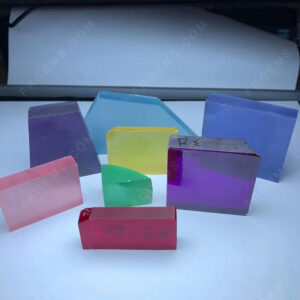 |
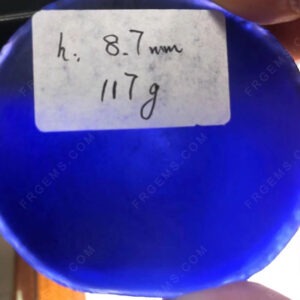 |
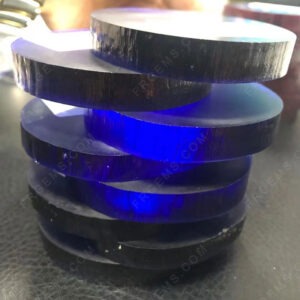 |
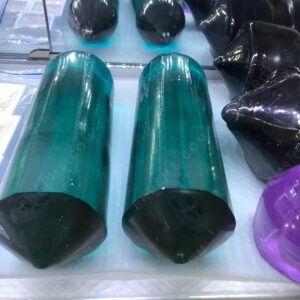 |
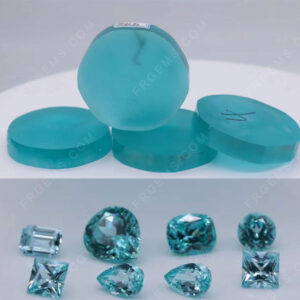 |
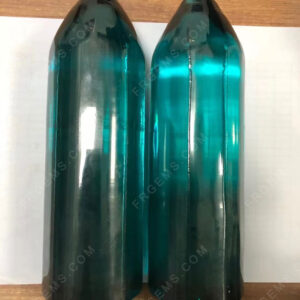 |
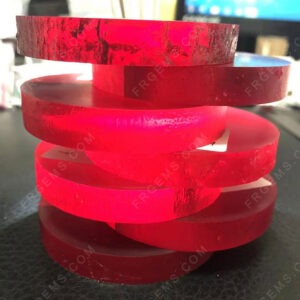 |
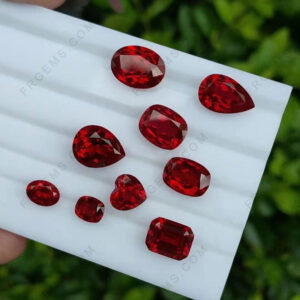 |
Video
Color Chart of Lab Grown Gemstones
Popular Colors of Lab Grown Gemstones:
OUR ADVANTAGE
- Factory & Manufacturer since 2008, strong productive ability.
- Ensure the large quantity supply of product.
- We are one of the largest manufacturers & Suppliers of Loose gemstone in Wuzhou City.
- Strict quality inspection:
- 15 production processes ; 9 inspection processes ; more than 8 experienced QC check ;
- Every gemstone has its quality assurance.


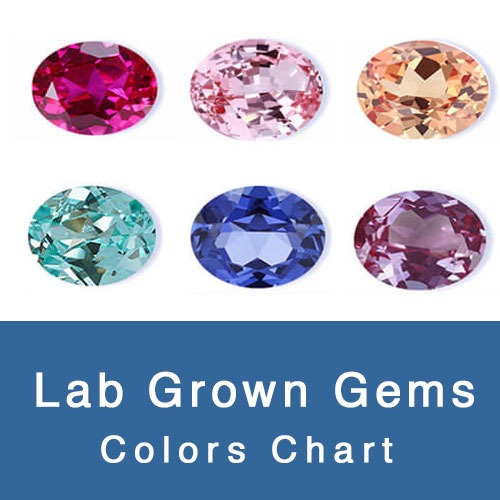
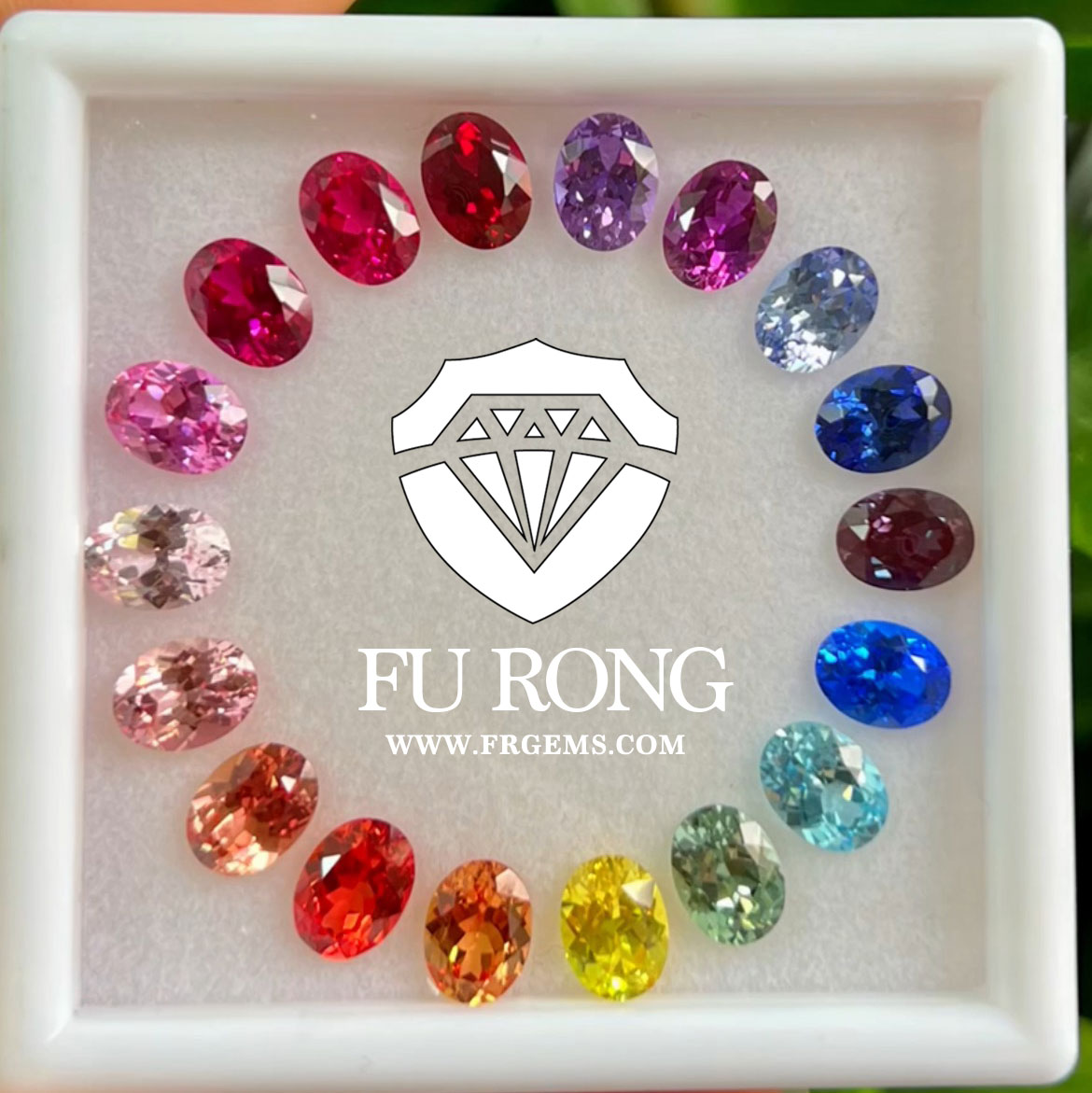

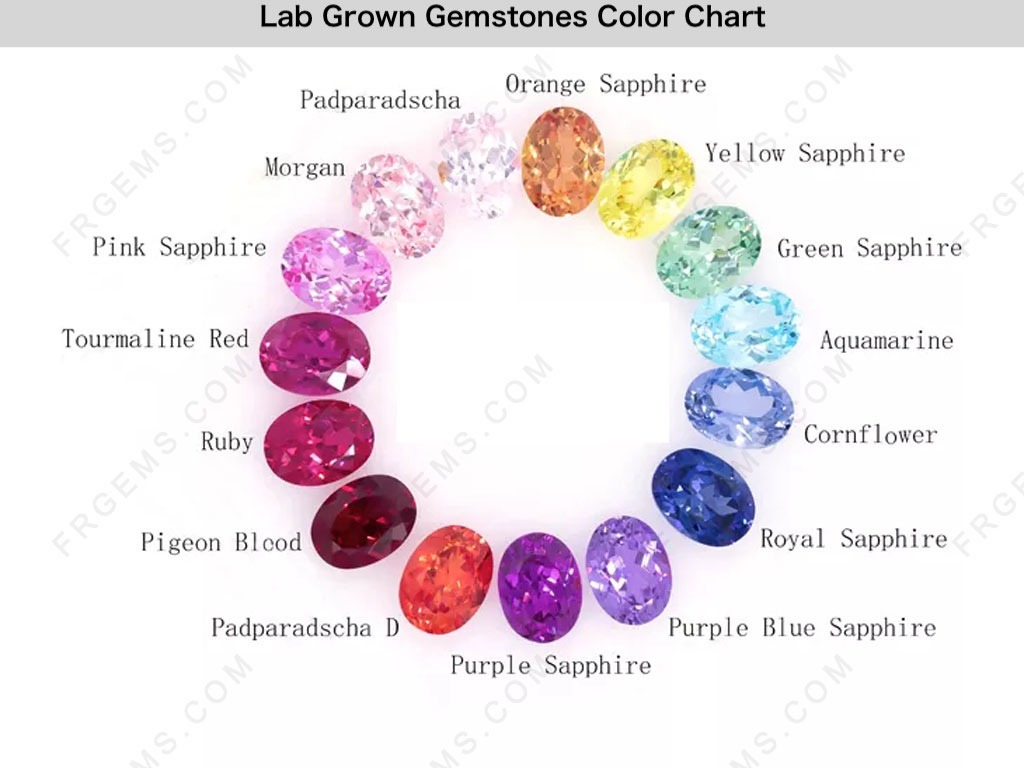
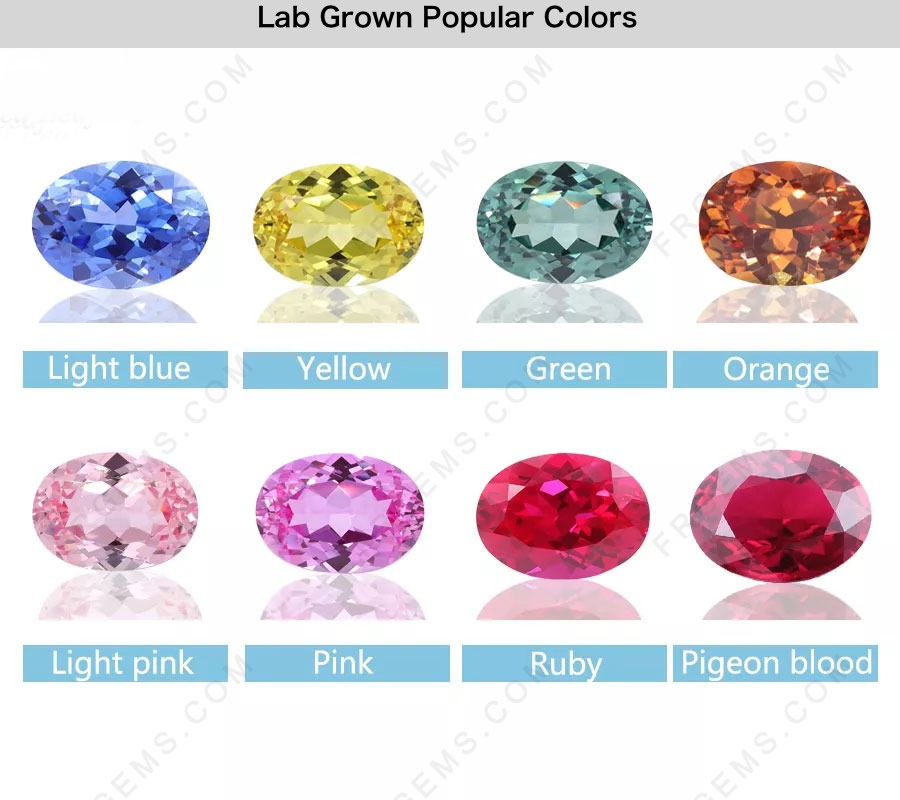


 Whatsapp QR Code
Whatsapp QR Code